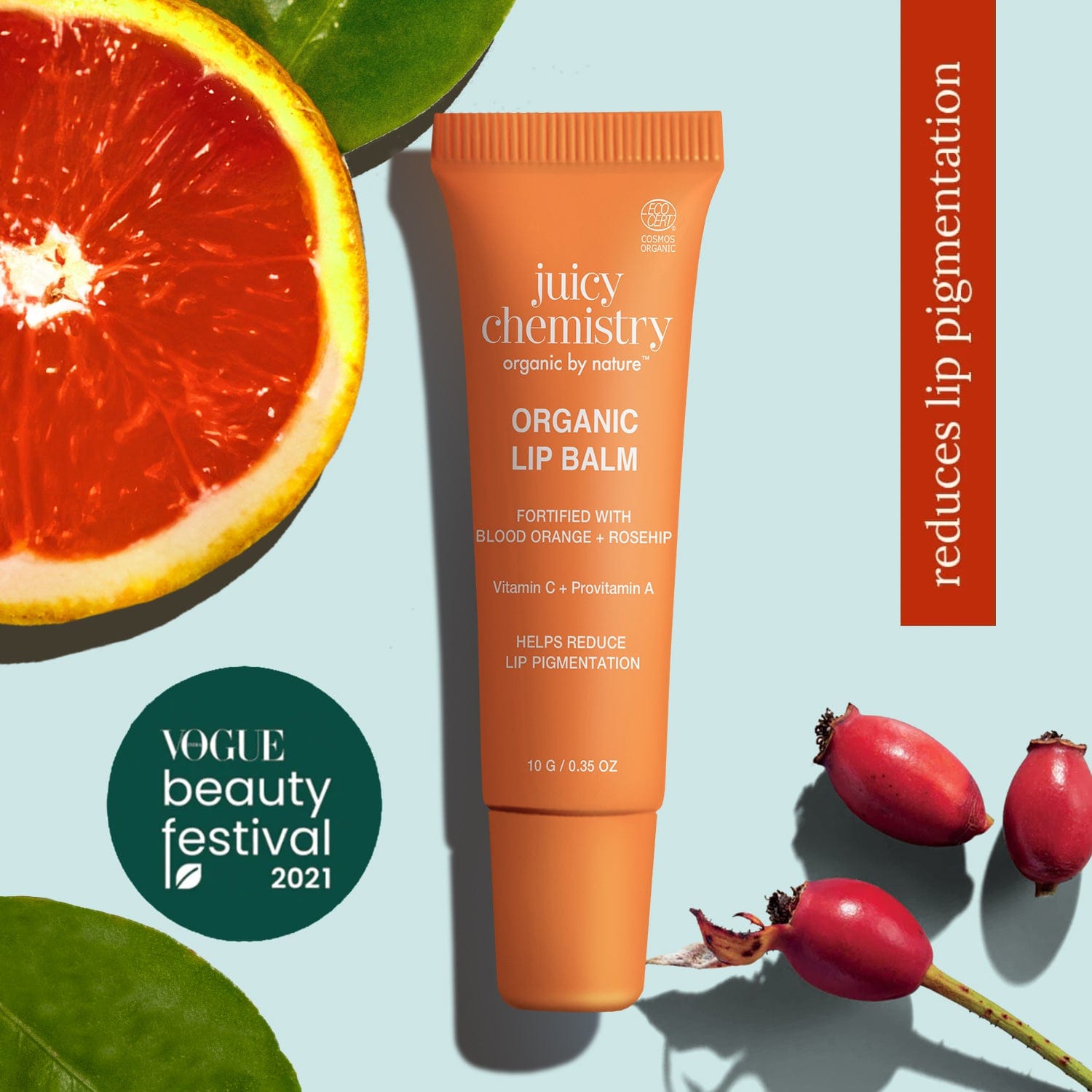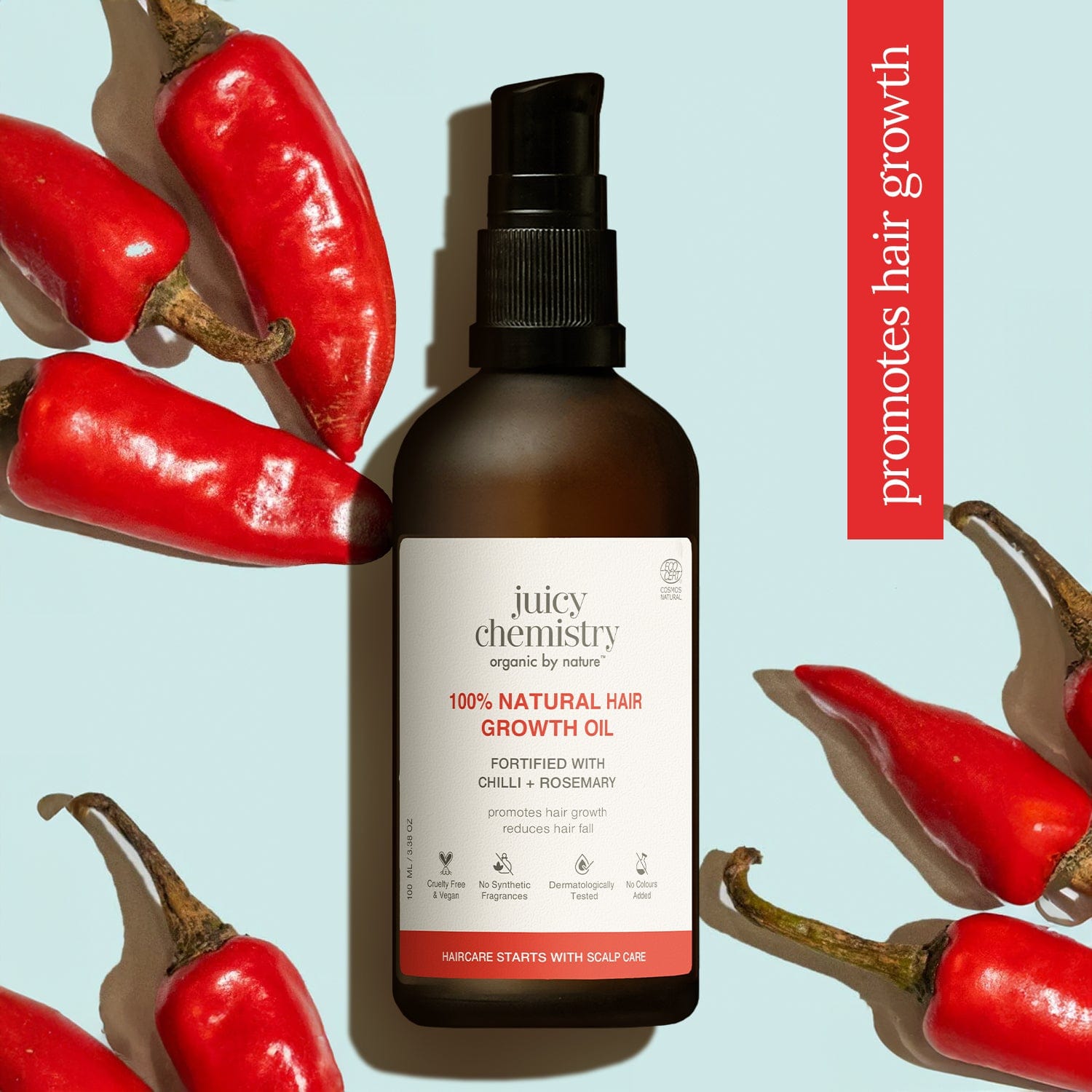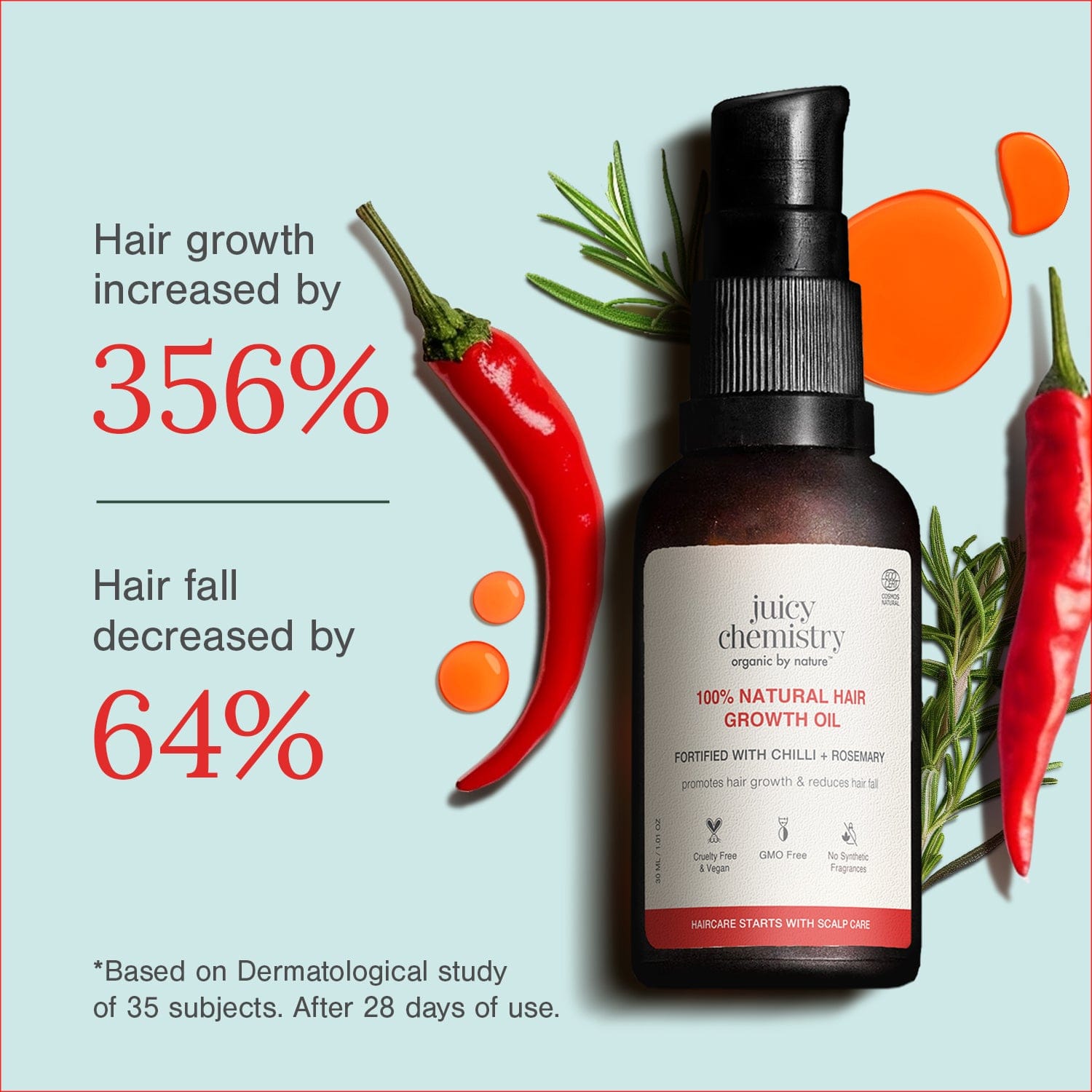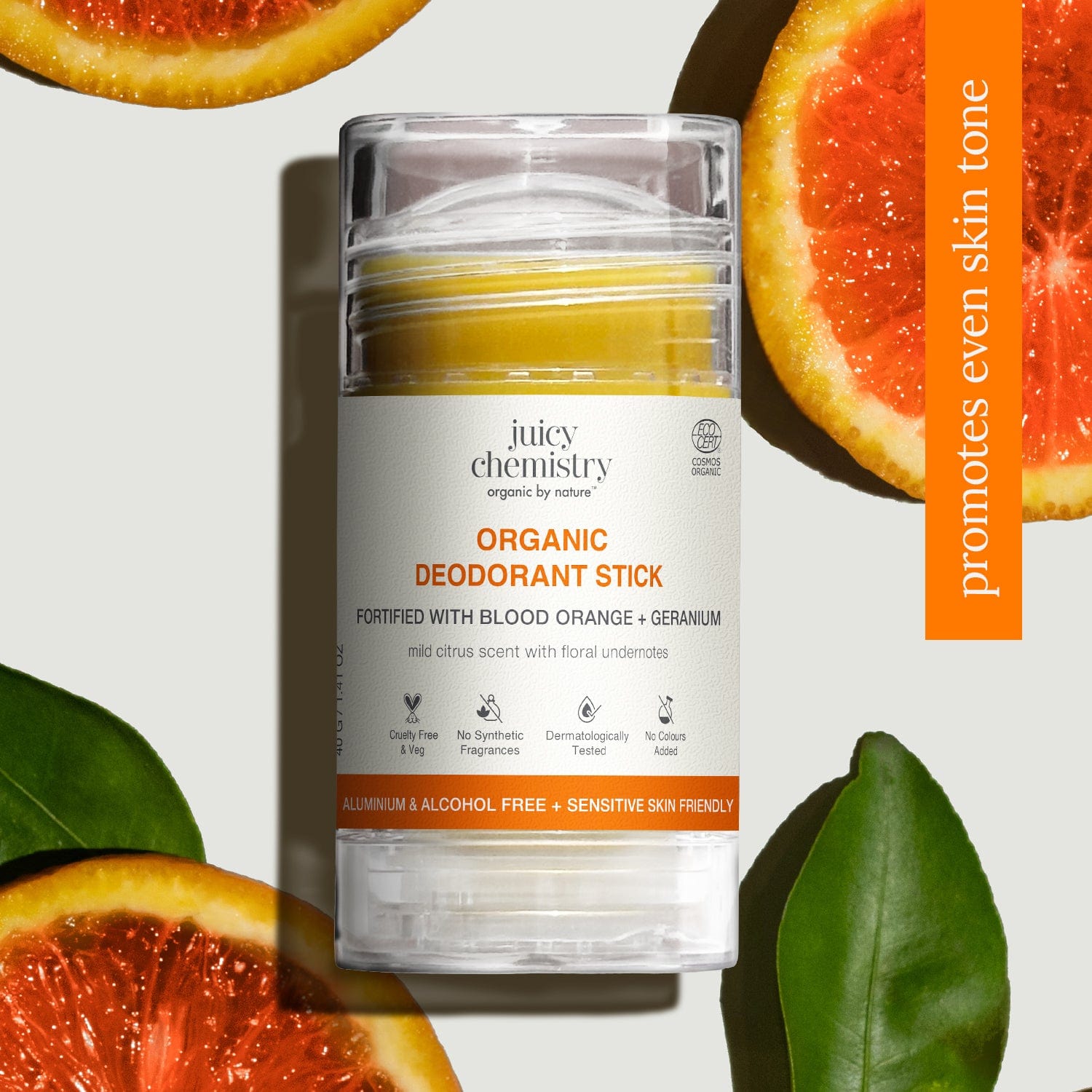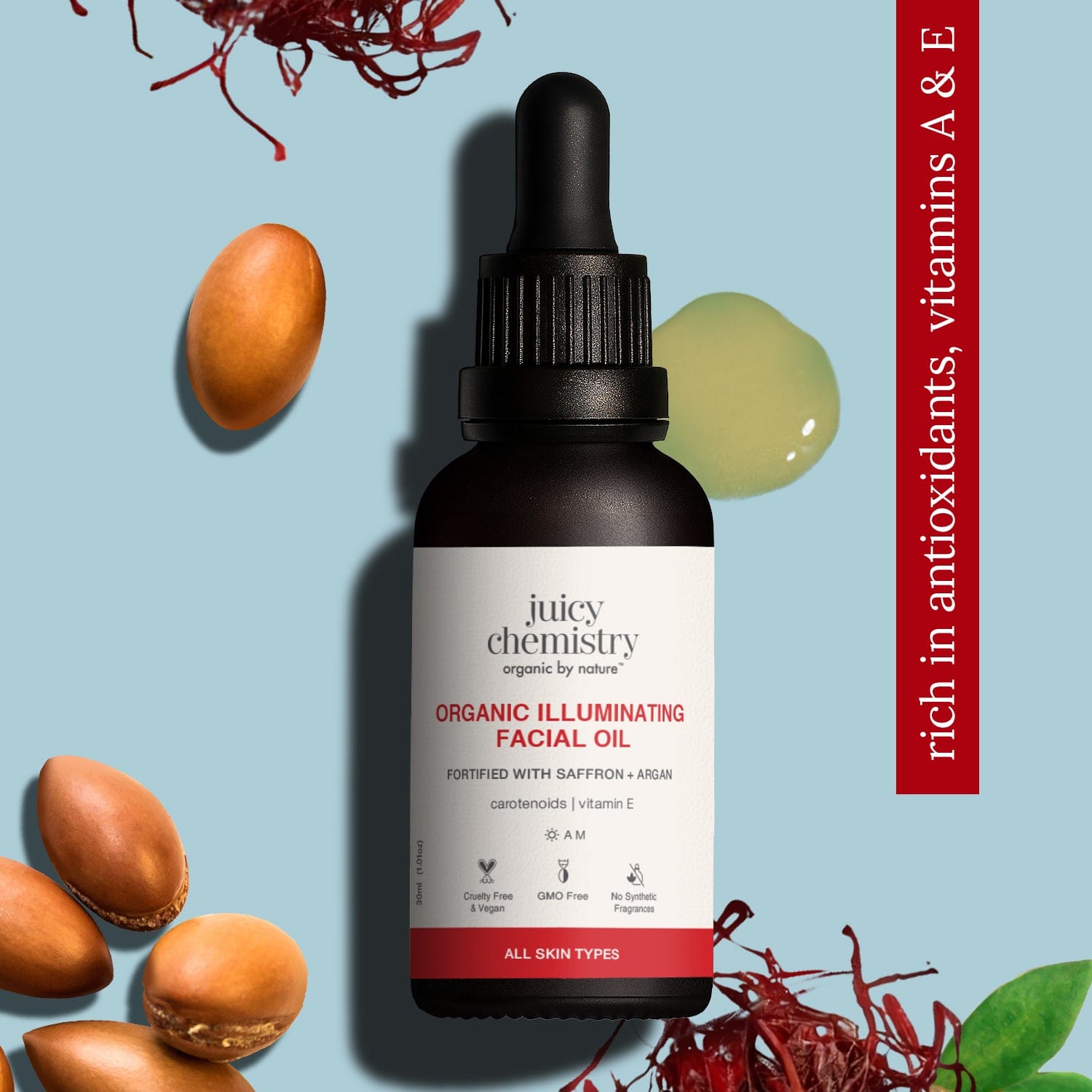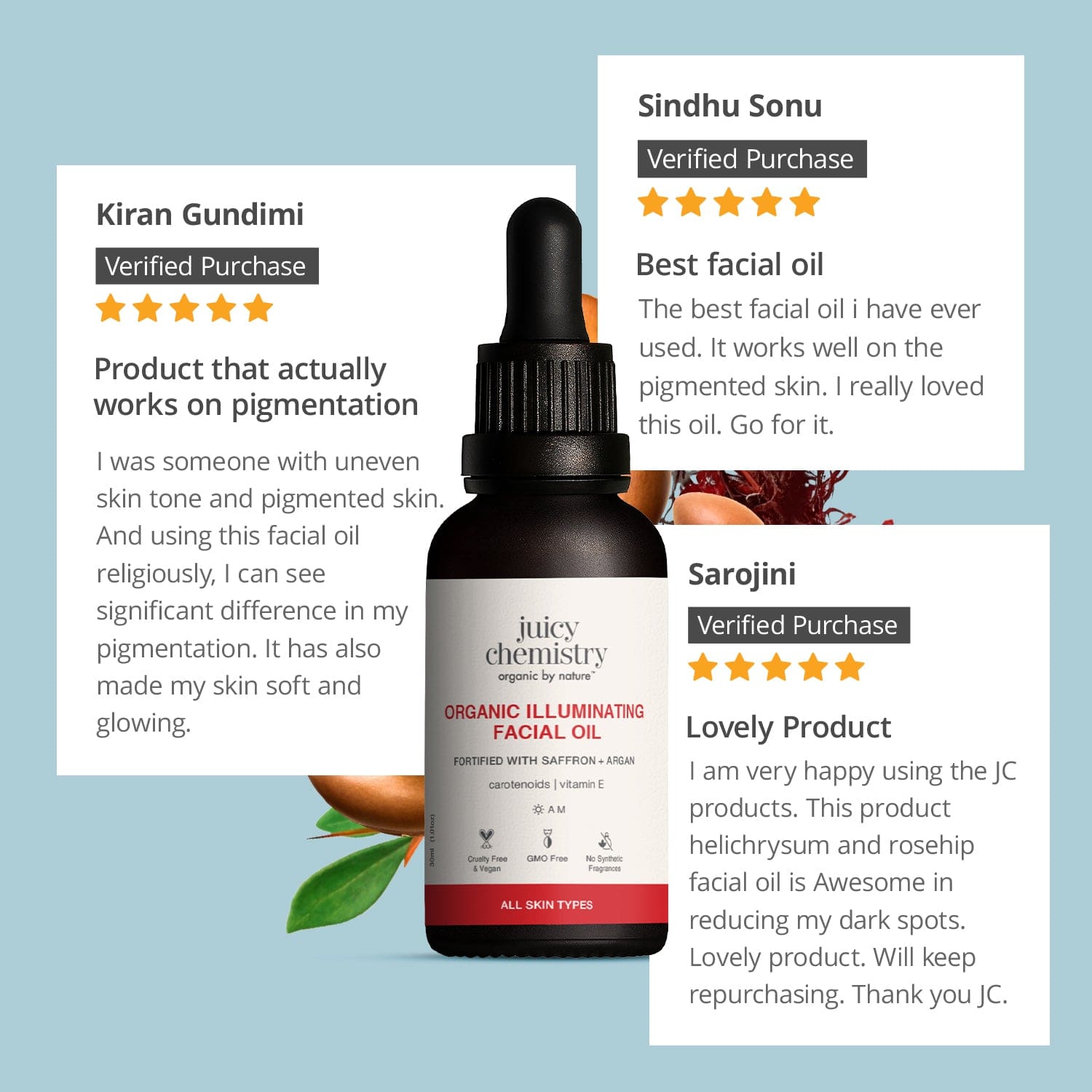Unlocking Radiance: The Power of EGCG in Skin Health
May 14, 2025In the constantly changing landscape of skincare, innovative ingredients regularly surface, each claiming to offer transformative advantages for our skin. One standout ingredient that is gaining traction is Epigallocatechin Gallate, commonly referred to as EGCG. Predominantly found in green tea, EGCG is creating a buzz within the skincare industry. Let’s explore in detail what EGCG is, how it is sourced, its connection to skin health, and much more!
What is EGCG?
Epigallocatechin Gallate (EGCG) is a potent polyphenol and a specific type of catechin present in green tea. It is celebrated for its strong antioxidant capabilities, which shield cells from oxidative damage and inflammation. This extraordinary compound has been the subject of numerous studies due to its wide-ranging health advantages, including benefits for cardiovascular health, weight control, and, importantly, skin health.
How is EGCG Derived?
EGCG is mainly extracted from the leaves of the Camellia sinensis plant, which is commonly known as the tea plant. The highest levels of EGCG are found in green tea leaves, which experience minimal oxidation during their processing. This careful handling allows EGCG to maintain its beneficial characteristics, making green tea a rich source of this remarkable compound.
EGCG and Skin Health
The connection between EGCG and skin health is complex and multifaceted. The antioxidant properties of EGCG protect the skin from damage caused by free radicals, which can result in premature aging, sun damage, and various skin conditions. Furthermore, EGCG possesses anti-inflammatory qualities that help alleviate redness and irritation, making it an excellent choice for those with sensitive skin.
Numerous studies highlight the beneficial effects of EGCG on skin health. For example, one study1 indicated that EGCG could mitigate UV-induced skin aging. Another research3 found that EGCG can boost collagen production, which is essential for maintaining skin elasticity and firmness.
How Does EGCG Transform Skin Health?
Integrating EGCG into your skincare regimen can lead to significant improvements. Here’s how:
- Enhanced Radiance: EGCG promotes better blood circulation and oxygen delivery to skin cells, resulting in a vibrant, glowing complexion.
- Reduced Signs of Aging: By stimulating collagen production and minimizing sun damage, EGCG can help reduce the appearance of fine lines and wrinkles, leading to a smoother skin texture.
- Soothing Sensitive Skin: Its anti-inflammatory properties make EGCG an ideal ingredient for calming irritated skin and alleviating redness.
- Improved Hydration4: EGCG has been shown to strengthen the skin barrier function, which helps retain moisture and prevent dehydration.
Juicy Chemistry 10% Vitamin C + EGCG Serum
This Certified Organic serum is expertly crafted to leverage the synergistic advantages of Vitamin C and EGCG. This lightweight serum is designed to brighten, hydrate, and safeguard your skin, making it suitable for everyday use. With consistent application, you’ll observe enhanced radiance, reduced signs of aging, and a more even skin tone.
FAQs
-
Is EGCG safe for all skin types?
Yes, EGCG is generally considered safe for all skin types. Its anti-inflammatory properties make it particularly advantageous for sensitive skin.
-
How often should I apply the 10% Vitamin C + EGCG serum?
For optimal results, use it daily—ideally in the morning. Always follow up with sunscreen for the best protection.
-
Can I use the serum with other active ingredients?
Absolutely! Our serum is designed to work harmoniously with other active ingredients, but it’s always wise to perform a patch test when introducing new products into your routine.
-
Will I see results immediately?
While some improvements in radiance may be noticeable right away, the best results are typically observed after consistent use over several weeks.

